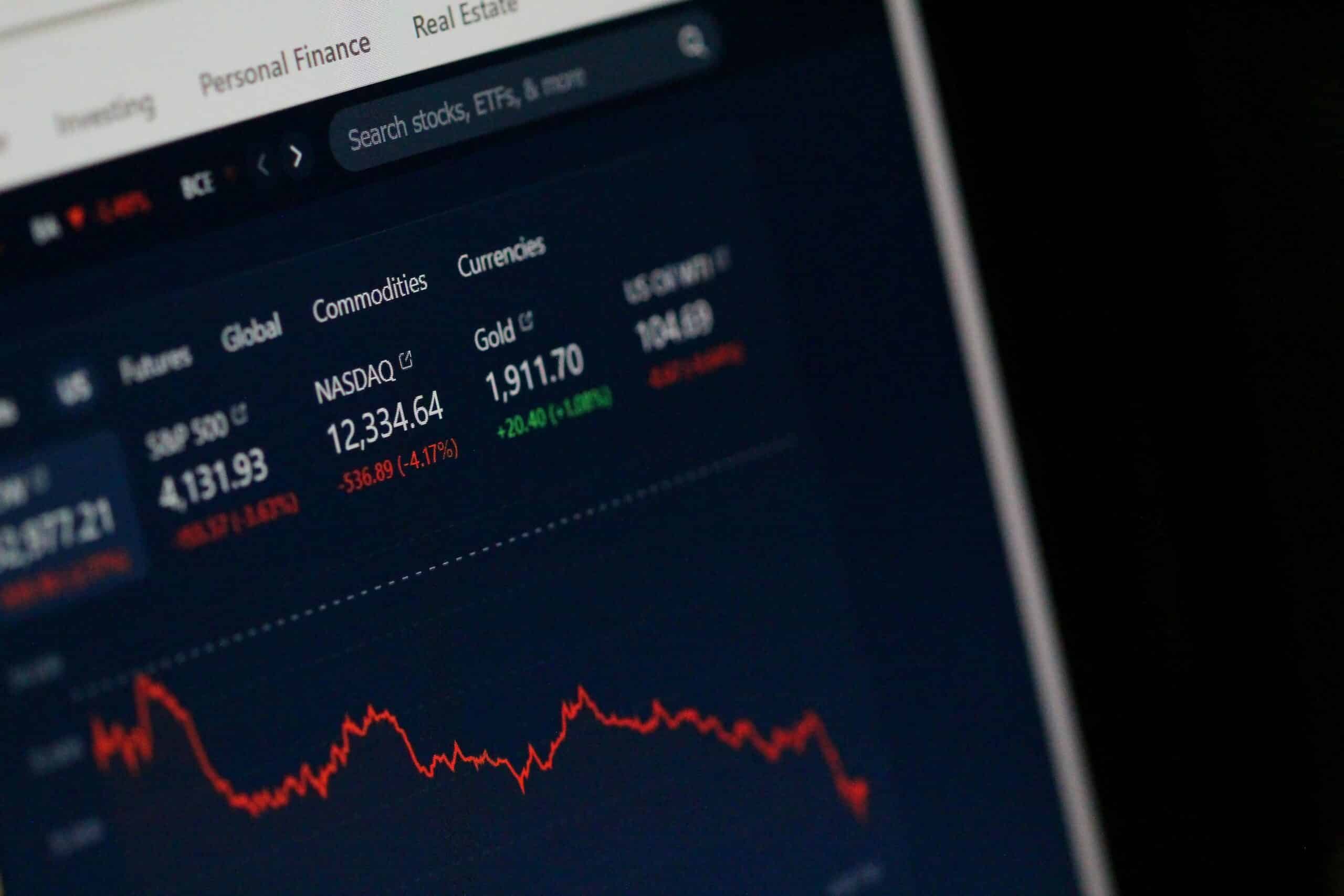5 common mistakes made by DIY traders and how to avoid them
More retail investors are taking a do-it-yourself (DIY) approach to stock and currency trading to get their share of local and global markets through online trading platforms like Clarity, by Investec.
According to The Retail Investor Report, the share of retail investors executing equity trades has steadily increased over the years, accounting for 1 in 4 equity trades in 2021, which is nearly double the volume from a decade ago.
Every day, retail investors also log-on their trading platform of choice to buy and sell foreign currency as they look to profit from fluctuations in exchange rates between currency pairs like the US dollar (USD) and South African rand (ZAR).
While taking a DIY approach to trading and investing can be a rewarding endeavour, forging your own path carries its fair share of risks.
Many traders, especially those new to the market, make common mistakes that can lead to losses. Here are some of the most frequent errors and tips on how to avoid them:

If you fail to plan, you’re planning to fail, especially when it comes to trading stocks and currencies as it can lead to losses.
Apply a top-down analysis and conduct in-depth research to identify broader opportunities within identified sectors or markets before selecting individual trades or trading styles.
Use the opportunity to learn as much as you can about different trading strategies and experiment with different approaches to determine what types of trading interests you and see which approach best suits your style and objectives.
Take meticulous notes to learn from any mistakes and outline ways to avoid making them again. Use these insights to develop a detailed trading plan that outlines your goals, risk tolerance and strategy to use when you finally feel ready to enter the exciting world of online trading.
Ultimately, the critical success factor in any trading strategy is meticulously planning every trade and then trading the plan.

Market volatility is a reality in global financial markets, which can result in unpredictable changes and corrections.
When markets dip or unexpectedly move in the opposite direction, DIY traders must keep a cool head to make considered and rational decisions that can help them navigate the prevailing volatility.
Letting emotions like fear, greed, or even excitement cloud your judgement and dictate trading decisions can amplify potential losses or cause you to lose out on additional upside. This is another reason to develop a disciplined trading plan and stick to it.

You need to manage the discretionary portion of your investment portfolio in the same way you manage your income and expenses – with a budget! Investing more than you can afford to lose is a common mistake, especially when trading with margin.
While using leverage to trade with margin creates the potential to generate higher returns, as you can invest more than your available personal funds, it can also magnify any potential losses.
A key consideration in this regard is position sizing, which helps you determine the appropriate number of shares to buy or sell in a particular trade based on an identified entry price. Establishing a stop-loss exit point controls how much capital you could potentially lose on the trade.
The difference between these values indicates the capital you are ultimately risking, which should align with your risk tolerance – the total amount you are comfortable with and can afford to potentially lose on a single trade.
This housekeeping is about prudent money management. The industry norm is to risk 2-3% relative to the portfolio size of a single trade.
However, it is not just about how much capital you risk in a single trade. It is also important to consider how many trades you make at once, as making too many can also result in significant losses, no matter how skilled you are at position-sizing. It is advisable to set a strict trading budget and avoid chasing losses.

As with any investment, risk management through education, research and analysis is crucial to understanding market movements and formulating an appropriate trading strategy as trading stocks and currencies can be risky.
Before you start trading, study the global and local dynamics that influence different markets, and research your identified trades, whether that’s a company stock or currency to identify and mitigate as many risks as possible.
Don’t forget to implement additional risk management strategies like stop-loss orders and position sizing to limit potential losses when implementing your trading strategy.

Even the most skilled and experienced institutional traders and asset managers lack the ability to predict the tops and bottoms of market peaks and dips, which is why retail investors should also avoid trying to time markets.
Consider approaches like dollar-cost averaging to invest consistently over time to smooth out the return profile.
When trading equities, calculating the risk-reward ratio in each trade can help determine the size of the position and the length of time you should spend in the market.
Traders who embrace shorter-term trading strategies that aim to make a 1-2% profit on each trade would require a higher ratio to ensure that overall returns exceed total losses.
Traders with more conviction may choose to lower the ratio by increasing their exposure on a specific trade that they believe has a higher probability of success, or conversely, on a trade with a low probability of success but a high potential return, like a Black Swan event that could deliver 10x returns.
There is no universal risk-reward ratio that applies to all trades in isolation, and the approach applies to trades executed with or without margin.
In the end, traders who are passionate about the process, have a clear goal, take the time to understand markets, and learn from their trades will develop the skills and experience to succeed.
By understanding and avoiding these common mistakes, you can increase your chances of realising returns and limiting losses when trading stocks and currencies.















